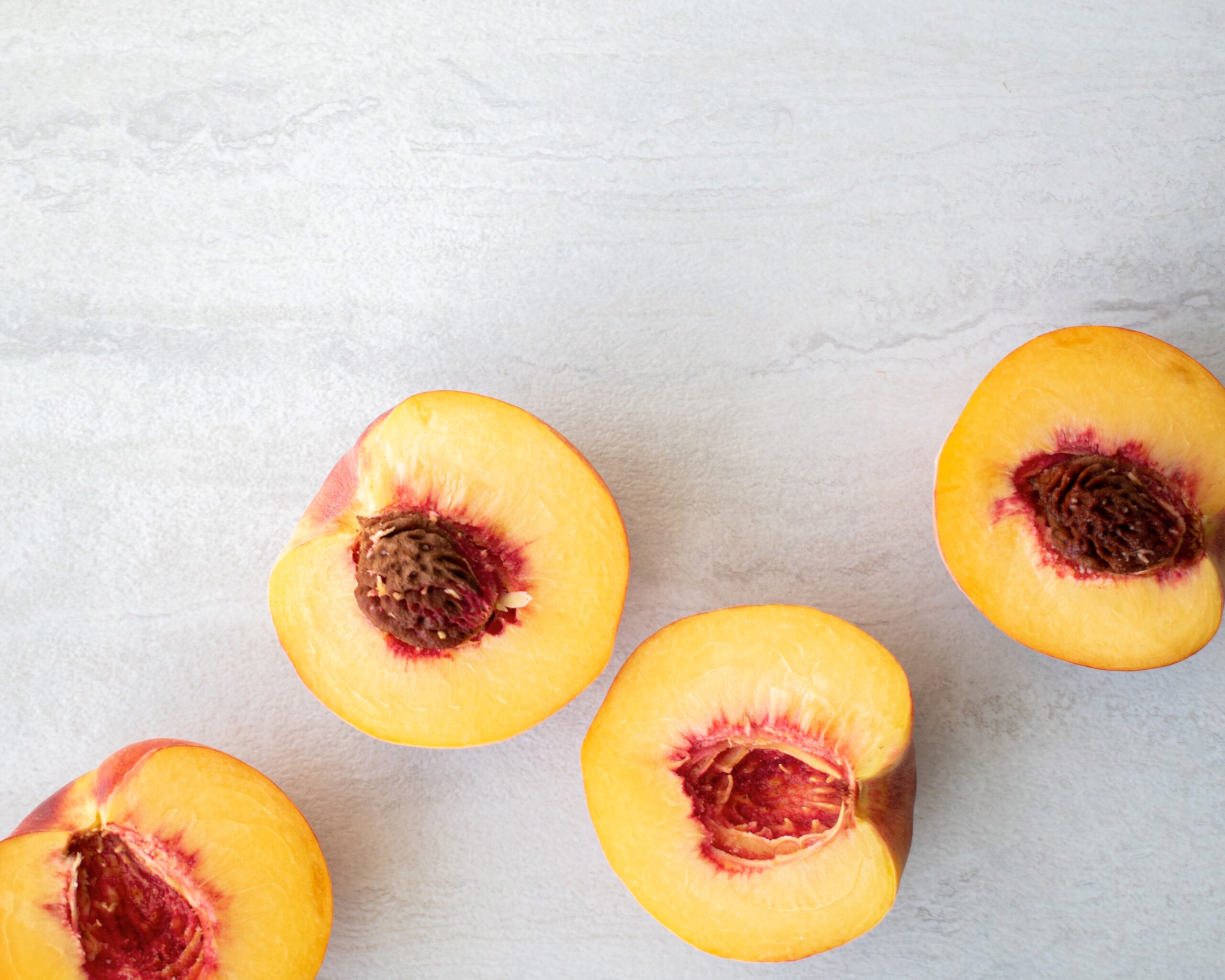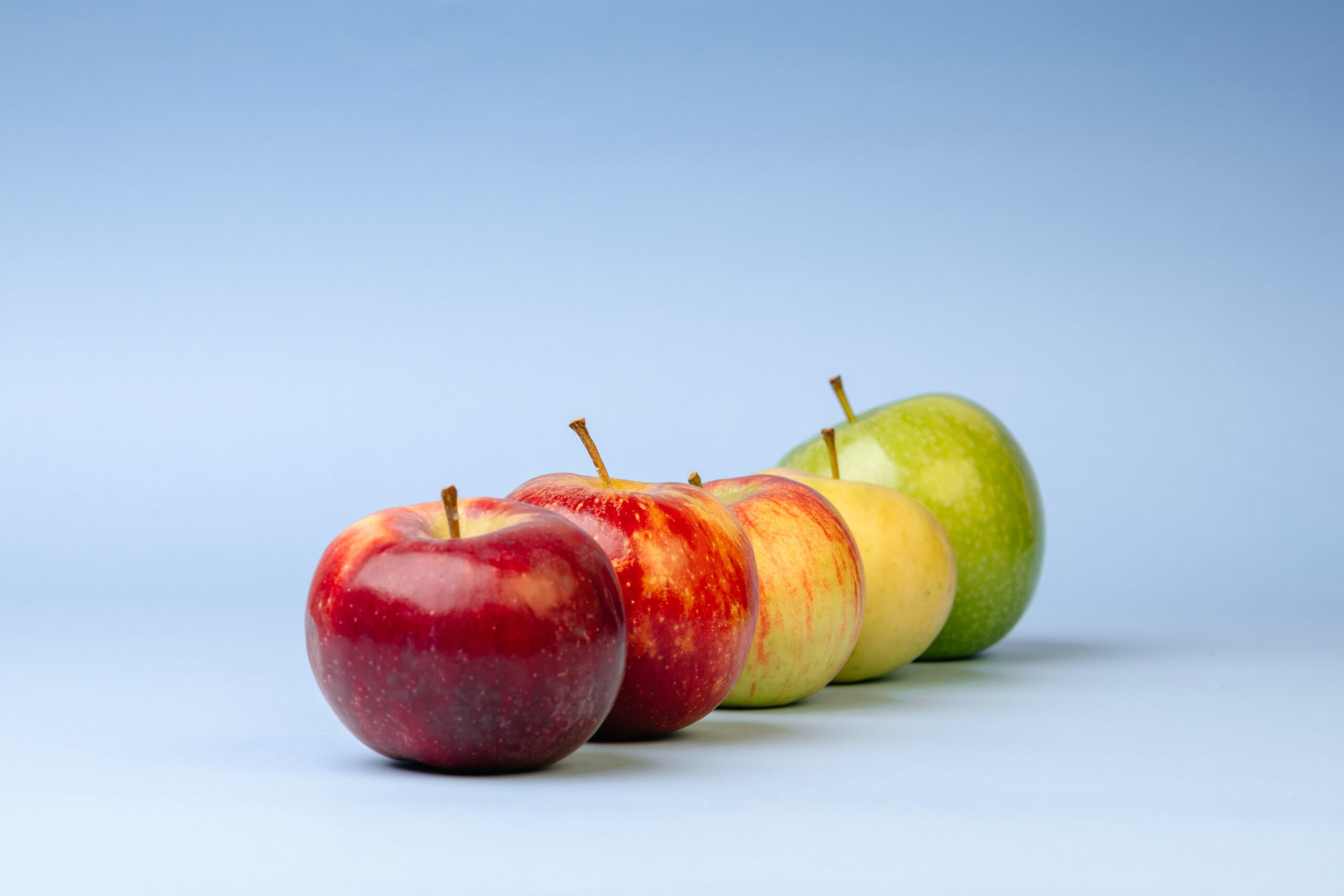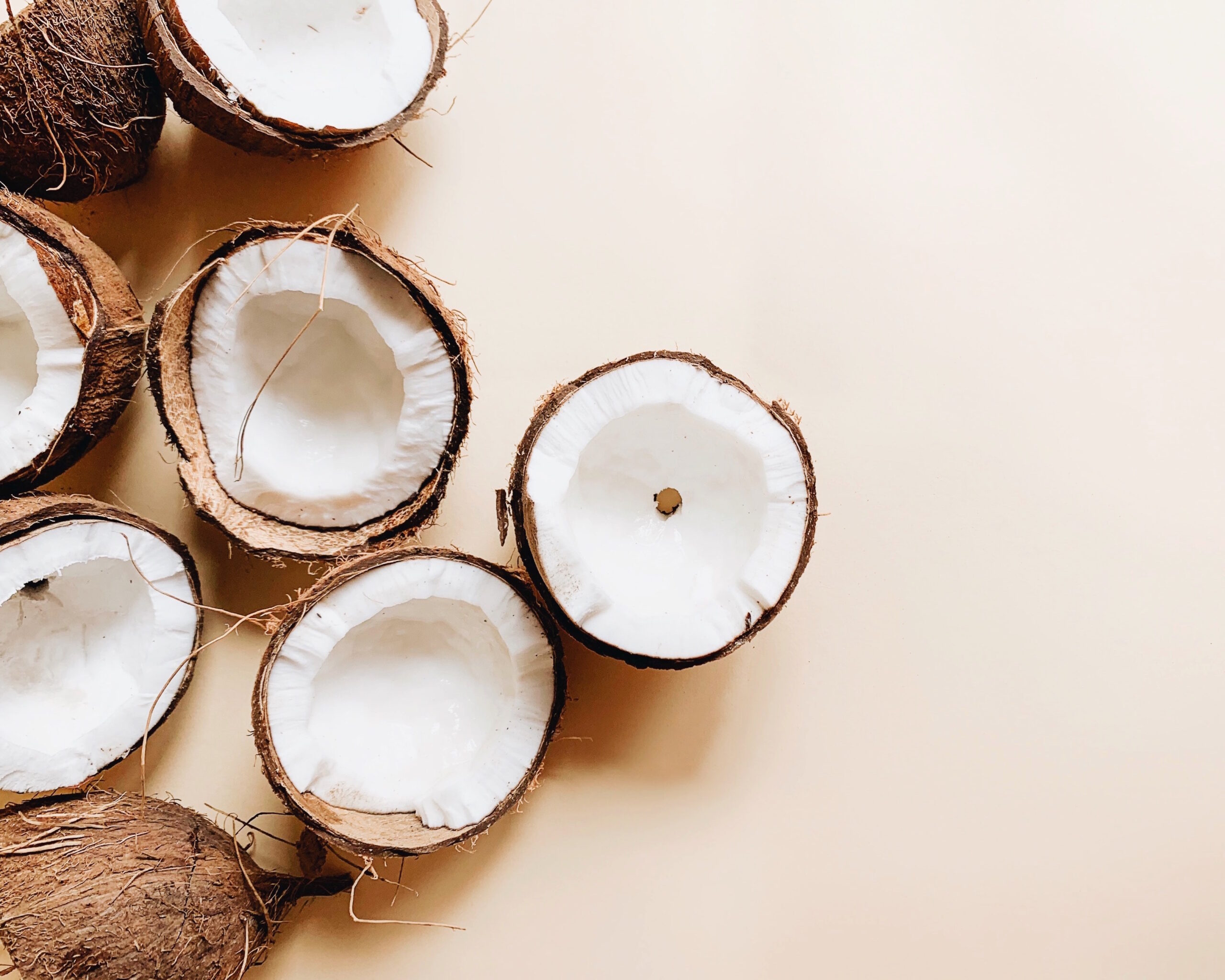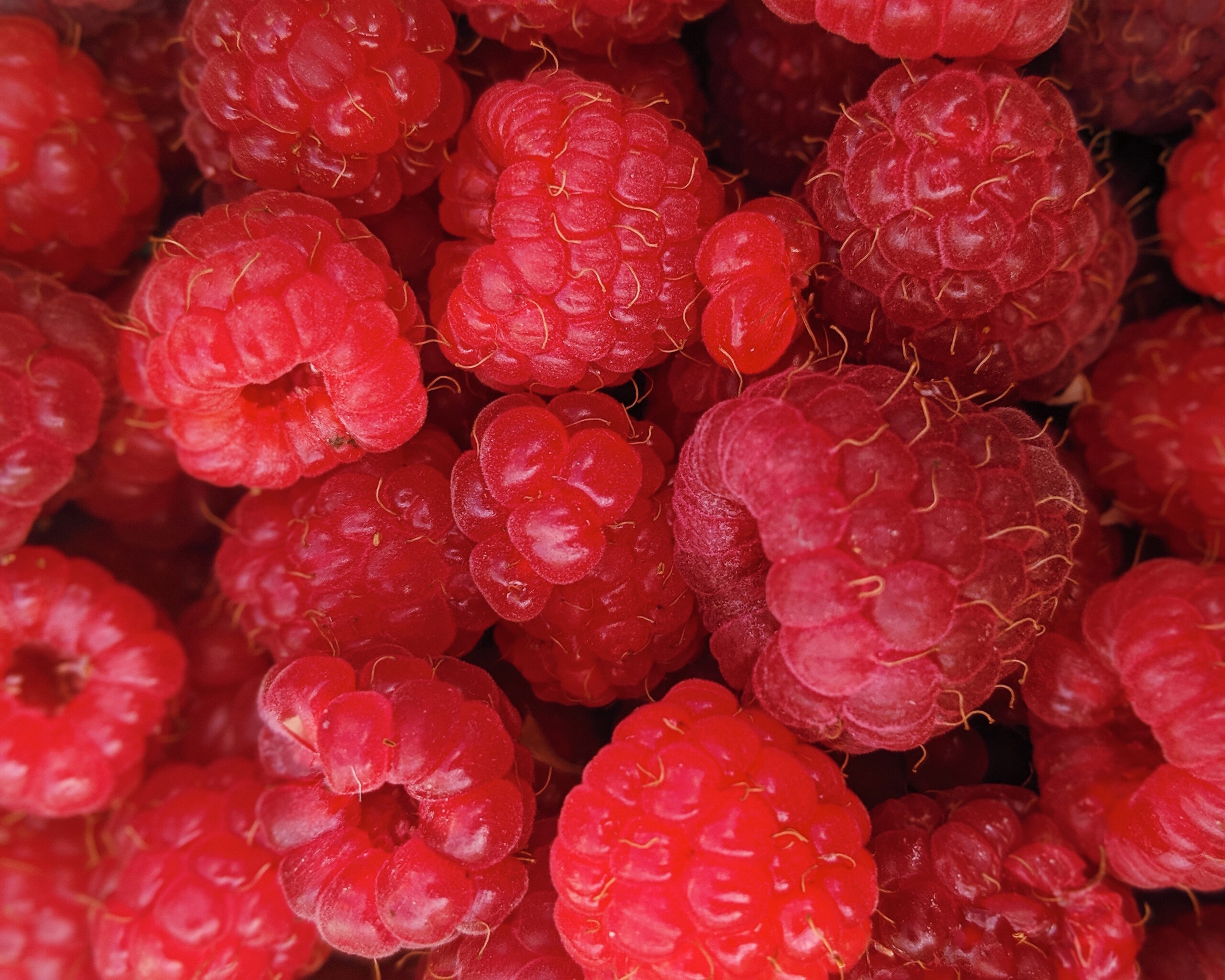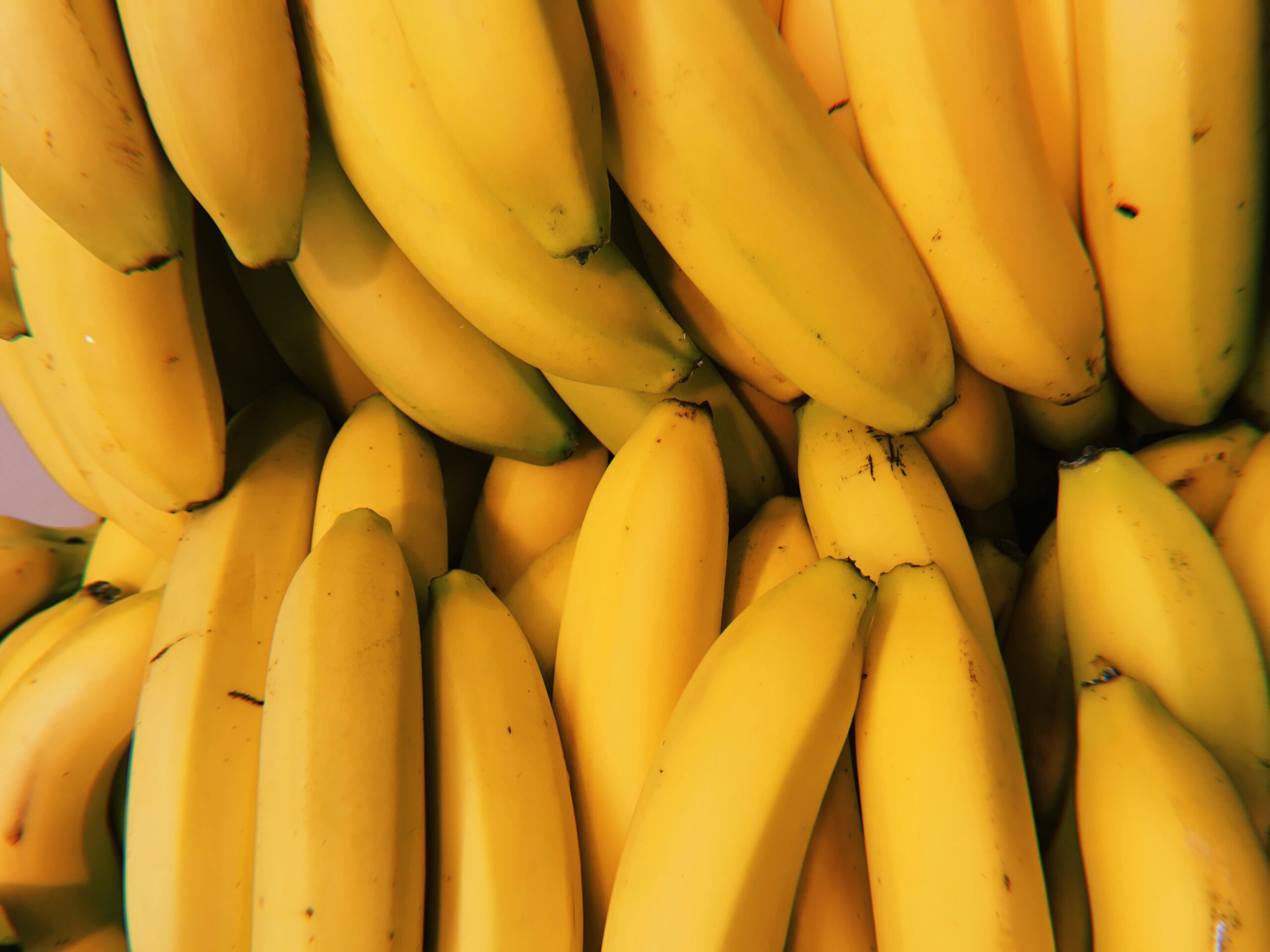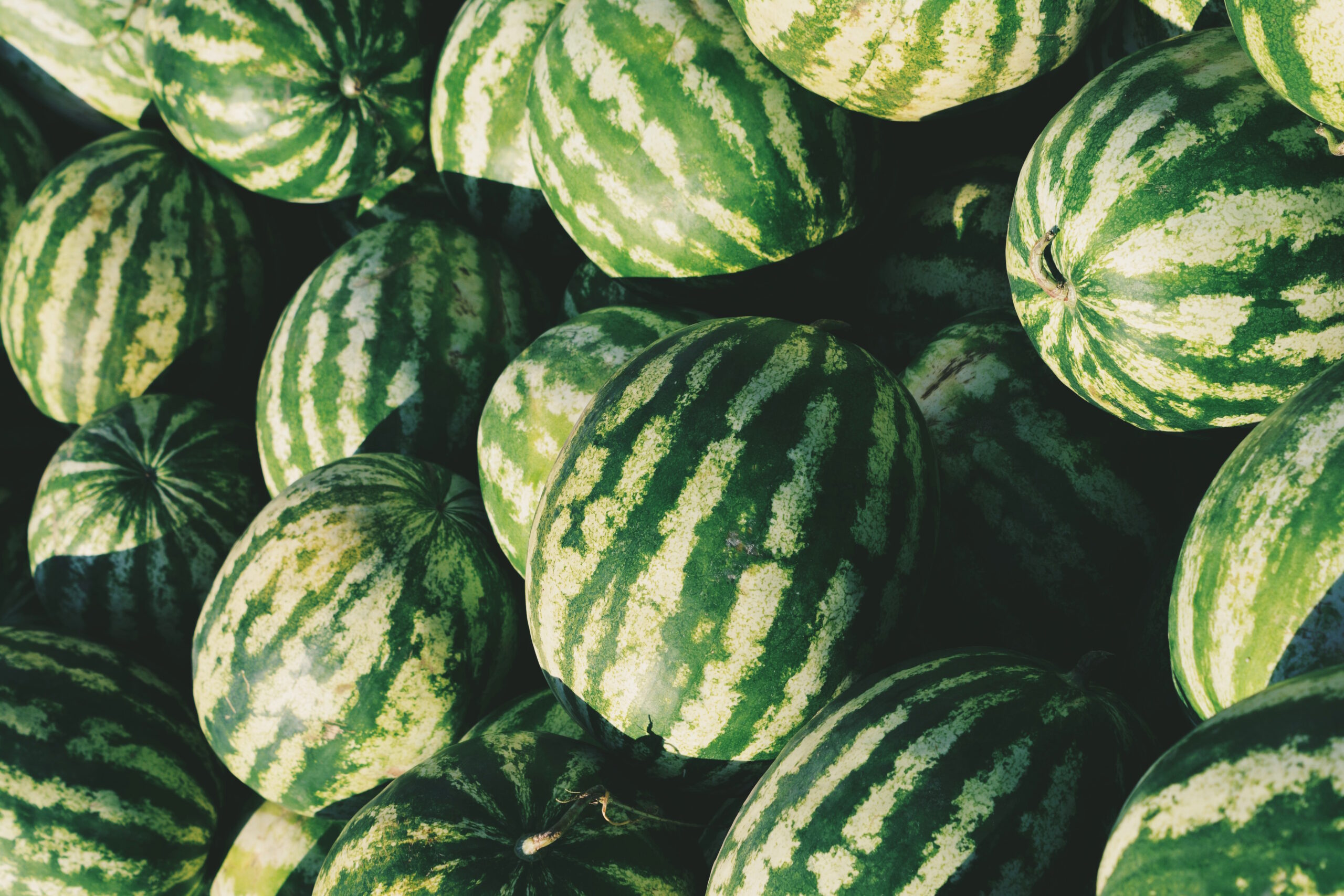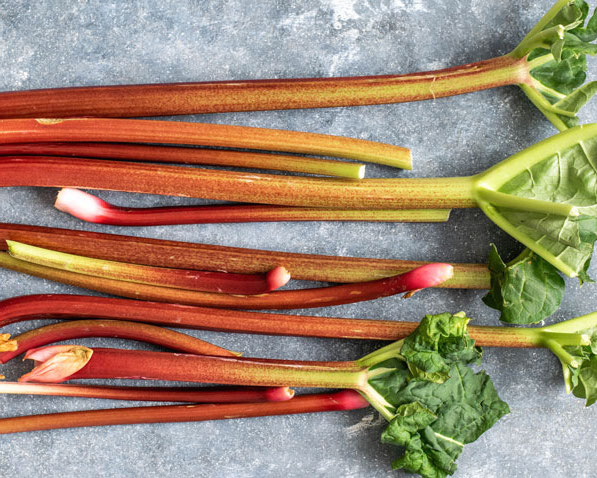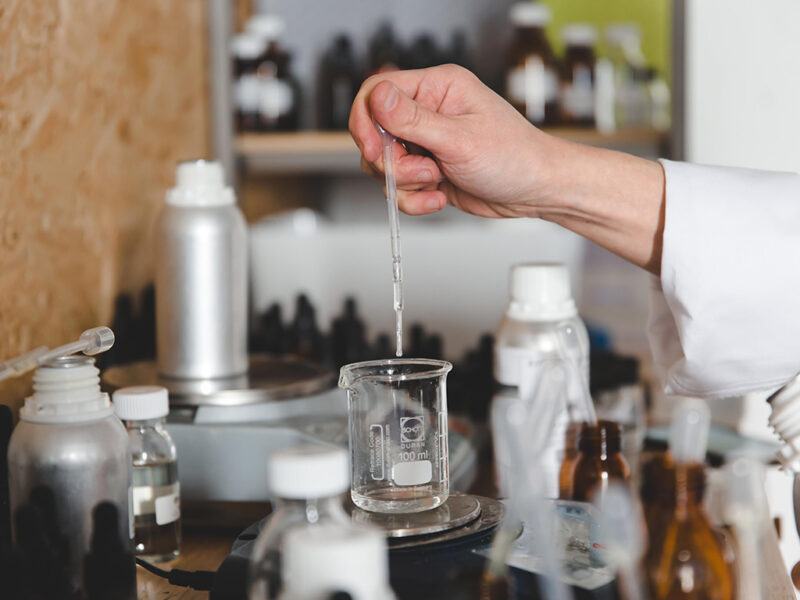Summer is just around the corner and we are getting in the mood to talk about our favourite fruity ingredients! There are many ingredients in the perfumer’s organ that smell like fruit and they are an essential part of many fragrances.
Because it is impossible to extract fragrance from fruits, perfumers must recreate their smells using synthetic ingredients. The only exception to this is citrus – but technically this isn’t considered a fruit in perfumery.
Let’s explore five of the most famous fruity ingredients of perfumery.
How to create fruity notes in perfume
Almost always, it takes multiple ingredients to create a realistic fruit smell. Take for example, the smell of apple, we use some fruity molecules, but to capture all of the nuances of the smell of real apple we use ingredients from other families, such as green with cis-3-hexenol and floral like Damascone Beta. Depending on what type of apple you’d like to recreate, you may want to push the green and tart facets for green apple while you’ll want to push the sweet and jammy facet for red apple.
Aldehyde C14
Aldehyde C14 is one of the most commonly used fruity molecules. It smells just like peach and is an essential component in creating stone fruit accords like peach, plum or apricot. Aldehyde C14 is not only used in fruity accords, but also in recreating exotic flowers like jasmine to enhance the fruity characteristic of the natural flower. The creaminess of Aldehyde C14 comes from the fact that it is not chemically an aldehyde at all, but a lactone! Lactones characteristically are deep, fruity, creamy, waxy and incredibly potent, so it’s important to use them in small amounts!
Aldehyde C18
Just like Aldehyde C14, C18 is another lactone that’s very commonly used in perfumery. It smells like coconut and instantly transports you on holidays. Think sun cream, pina coladas and days at the beach. It is obviously an essential component of a coconut accord, but it is also used to add an exoticism to floral accords like gardenia, frangipani and tuberose. As with all lactones, it is extremely strong and can easily overpower a fragrance, so start by using it in small amounts!
Raspberry Ketone
Rasperry Ketone in its pure form comes as a crystal. It smells of raspberry and has a deep, powdery and jammy quality. It’s a key component of creating a raspberry accord with other ingredients like fructone, ionone alpha and beta and cis-3-hexenol which adds a natural green tartness. Raspberry ketone is also a great ingredient to enhance other red fruit accords and add a delicate and fruity sweetness to floral accords like violet.
Benzyl Acetate
Benzyl Acetate is a natural molecule found in white flowers like jasmine and ylang ylang and is responsible for the tropical fruit or banana-like facet found in these flowers. It’s an incredibly useful and fresh top note in exotic floral fragrances and in recreating the smell of banana or apple in fruity compositions. Because of it’s floral and fruity complexities it’s often used as a large component in cosmetic and personal care formulas!
Melonal
Melonal is a fresh and watery note that gives the impression of melon. It is common molecule used in marine and fruity fragrances and when combined with calone and maltol it creates the very familiar smell of watermelon. Melonal is incredibly strong and can be difficult to use, so it must be diluted and used in a small amount in a formula to avoid smelling its harsh and synthetic facets.
Learn perfumery
And join our online course
Join today